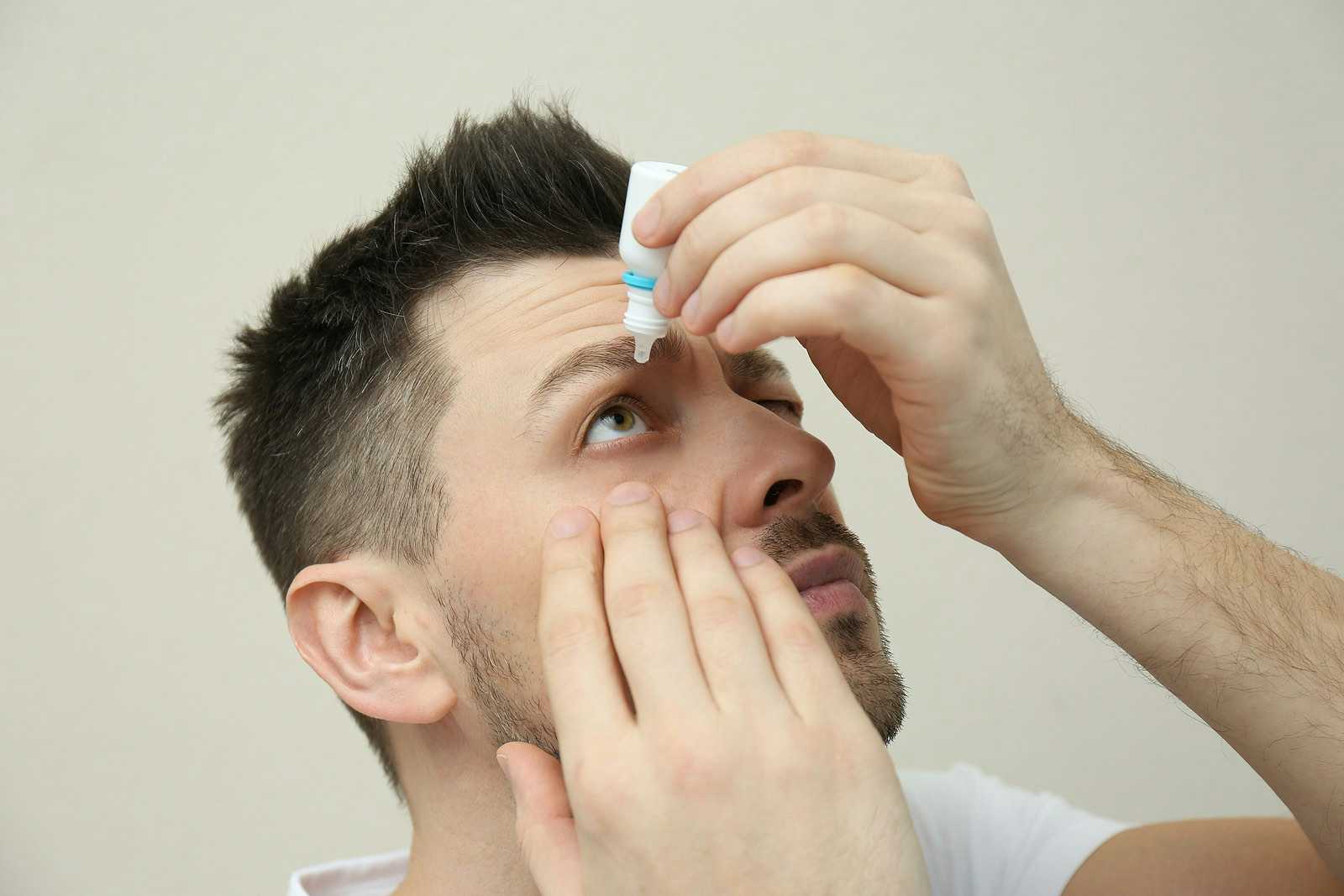
As many as three million Americans have glaucoma, a condition that can damage the optic nerve and impair vision. Frequently, glaucoma is associated with increased pressure within the eye, which is why the eye doctor measures this pressure during an exam. If the ophthalmologist finds the pressure high, he or she will prescribe medication to bring it back under control. They hope to preserve the optic nerve. But can some of the medicines prescribed as eyedrops actually alter your heart rate or blood pressure?
Eyedrops and Heart Rate:
Q. I am a 43-year-old male. My eye doctor suspects I am developing glaucoma, since it runs in my family and my pressure has been rising.
He initially prescribed Betagan but it lost effectiveness, so now I am on Timoptic-XE. It is working.
How much do these drugs lower my heart rate? When I go to the gym, it is more difficult to hit my target heart rate since I’ve been on the drops. Are there any alternatives?
Treating Glaucoma:
A. For many years, beta blockers such as levobunolol (Betagan) and timolol (Timoptic-XE) were the drugs of choice to lower intraocular pressure and prevent eye damage from glaucoma (Vass et al, Cochrane Library, Oct. 17, 2007). Unfortunately, beta blockers can slow heart rate significantly, as you discovered.
Beta blocker eye drops can also affect blood pressure. This reader experienced a drug interaction because of timolol eye drops:
Q. I take metoprolol, isosorbide and losartan for hypertension. No one warned me that my eye drops (timolol) could add to the blood pressure lowering effects of these medicines. I can hardly function after I take my BP drugs and then put in my eye drops. I have nearly passed out several times. Is this combination risky?
A. Yes! You are taking a beta blocker (metoprolol) to lower your blood pressure along with other anti-hypertensive medications. The timolol in your glaucoma eye drops is also a beta blocker. That could lead to low blood pressure, dizziness and falls (BMJ, April 22, 2006).
Ask your eye doctor to show you the tissue press method for applying your eye drops (Clinical & Experimental Ophthalmology, Jan. 2020). After putting in the drops, close your eyes and press a crumpled tissue on the eye for a couple of seconds to absorb excess liquid. This reduces the amount of timolol your body absorbed.
The best way to deal with this problem is not to take two beta blockers. There are other options for both hypertension and glaucoma. Talk with your doctors and see if one is willing to switch you to a different drug.
Currently, medications such as latanoprost (Xalatan) and bimatoprost (Lumigan) are considered first-line treatment for glaucoma (Aspberg et al, Journal of Glaucoma, online Aug. 14, 2018). These drugs act somewhat like the hormone prostaglandin.
They don’t affect heart rate, but they may change the color of the iris. You might ask your ophthalmologist if one such medication might be an appropriate substitute for your beta blocker so you can continue to benefit from your workouts. Don’t stop your eyedrops without consulting your eye doctor, since it is important to treat your rising eye pressure.
How to Apply Your Eyedrops So They Won’t Slow Your Heart Rate:
Proper technique can reduce, though not completely eliminate, absorption of the beta blocker eyedrops. One reader wrote:
Q. My doctor has his patients put pressure on the bridge of the nose after using eye drops. He says otherwise the medicine goes directly into the bloodstream.
Many residents in my senior center say their glaucoma doctor never mentioned that. Is it helpful?
A. Beta blocker eyedrops for glaucoma can cause side effects throughout the body. To prevent absorption, press on the inside corner of your eye for at least 30 seconds (up to two minutes) after placing the drop in the eye. This closes the tear duct off and helps reduce the amount of the drug circulating in the body.
You can learn more about drugs for hypertension and nondrug approaches in our eGuide to Blood Pressure Solutions. This online resource is found under the Health eGuides tab at www.PeoplesPharmacy.com.
Please share your own experience with glaucoma eye drops in the comment section below.

